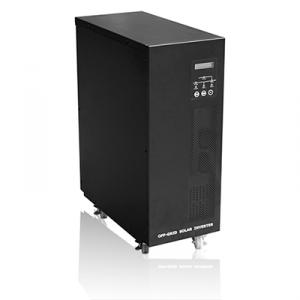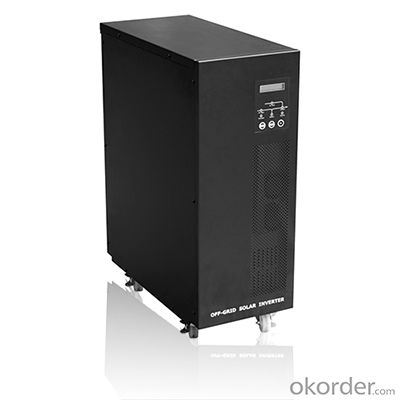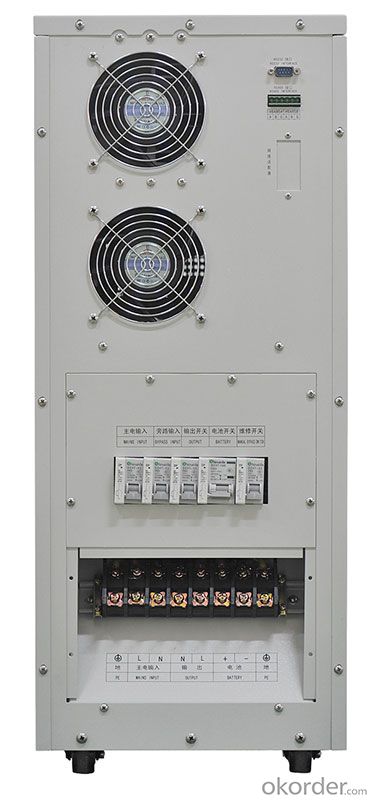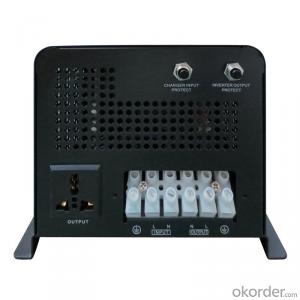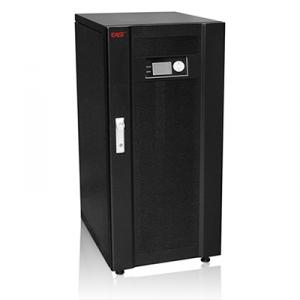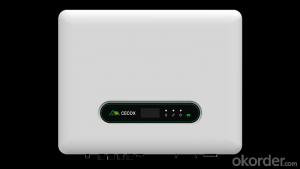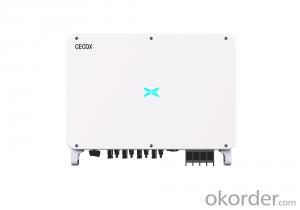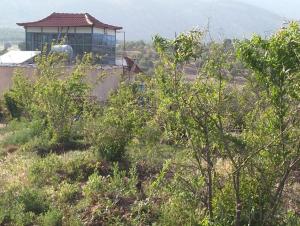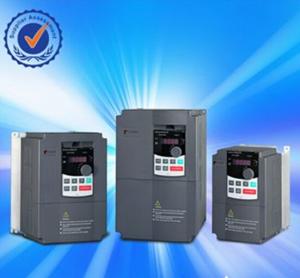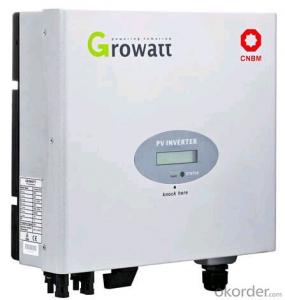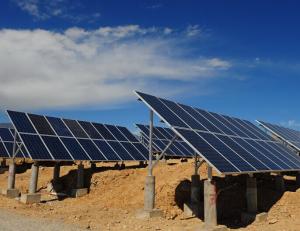Solar Inverter Perth - Off-grid Solar Inverter 3kw-8kw CE Approved AAA Quality with Best Price
- Loading Port:
- China main port
- Payment Terms:
- TT or LC
- Min Order Qty:
- 1 pc
- Supply Capability:
- 1000 pc/month
OKorder Service Pledge
OKorder Financial Service
You Might Also Like
Off-Grid Solar Inverter 3KW-8KW
EA-GF series products are on the basis of green energy use and equipment electricity need for remote area, combing the electricity characteristics of household appliances, communication station equipment and computer peripheral equipment. They have the function of energy conservation and environment protection. They adopt MCU control technique, having various kinds of function such as multi-setting mode, MPPT control, voltage stabilization on line, short-circuit protection, inverter frequency adaptive, output overload, battery charging management, monitoring etc. With display of LCD and LED, all the parameters and running status could be visible. Intelligent monitor is available via RS232 &USB connecting with PC, while remote control via RS485 &SNMP. EA-GF series products are the ideal power supply delivered with excellent performance, high stability, high reliability and high practical applicability
● Multi-setting
※PV priority mode or AC priority mode
※Choose the charging current based on the configured capacity of the battery
● High reliability: Double MCU digital control
※Independent MPPT (Maximum Power Point Tracking) control microprocessor system
※Independent inverter microprocessor control system
● Isolated and pure sine wave technology
● LCD+LED display
● Wide input range
● High-speed synchronous conversion
● Friendly alarm system
● Online protection function
● Frequency auto adaptive
● Intelligent No-load auto shutdown technology (optional)
● Intelligent monitoring (RS232, USB, or SNMP card, optional)
Model | GF3000 | GF4000 | GF3000 | GF5000 | GF6000 | GF8000 |
Power | 3KW | 4KW | 3KW | 5KW | 6KW | 8KW |
Battery Voltage | 96Vdc | 192Vdc | ||||
Working Mode | PV priority / AC priority optional | |||||
PV | ||||||
MPPT Voltage Range | 96Vdc - 200Vdc | 192Vdc - 400Vdc | ||||
Max. Charge Current | 10-60A | 10-40A | 10-60A | |||
PV Panels Configuration(Suggestion)(Vmp) | 120-142Vdc | 240-284Vdc | ||||
PV Panels Configuration(Suggestion)(Imp) | ≤60A | ≤40A | ≤60A | |||
Conversion Efficiency | ≥ 98 % | |||||
Display | ||||||
Panel Indicator | LCD+LED Panel display | |||||
AC Mode | ||||||
Input Voltage Range | 165Vac- 275Vac | |||||
Input Frequency Range | 40-70 Hz (auto transfer to battery mode, if beyond this range) | |||||
Output Voltage Precision | 220Vac± 5% | |||||
Input Power Factor | ≥0.8 | |||||
Max. Efficiency | 88% (inverter on) | |||||
Overload | 110% transfer to bypass in 255s,120% go to bypass in 60s, 150% go to bypass in 10s. | |||||
Max. Charging Current | 8A | 12A | ||||
Short Circuit Protection | Electronic limited current output or turn bypass, air breaker protection | |||||
Inverter Mode | ||||||
Output Voltage | 220Vac± 5% | |||||
Output Frequency | 50 Hz / 60Hz ± 1% Frequency self-adjusted | |||||
Output Power Factor | 1 | |||||
Distortion | ≤ 5% Linear load | |||||
PV-AC Transfer Time | 0ms | |||||
Max.Efficiency | ≥92% | |||||
Overload | 110% transfer to bypass, in 255s or shut down,120% go to bypass or shut down in 60s, 150% go to bypass or shut down in 10s. | |||||
Eco Mode(Optional) | When Load < 5%, system will turn to bypass power supply (utility) in 1min | |||||
Short Circuit | Electronic limited current output, turn the bypass or system to be automatic shutdown | |||||
Alarm | ||||||
AC Fails | 1/4s; automatic sound elimination after 40s | |||||
Battery Low Voltage | 5/1s | |||||
Overload | 1/1s | |||||
Communication (Optional) | ||||||
Communication Interface | RS232 / USB / RS485 / SNMP | |||||
Dry Contact | PV failure、battery low-voltage、overload、bypass、inverter failure、 remote start generator dry contact signal | |||||
Others | ||||||
Output Connection | Terminal blocks | |||||
Surge Protection | Optional | |||||
EMC | Accord with EN62040-2:2006;EN61000-3-2:2006; EN61000-3-3:2008 | |||||
IP Class | IP20 | |||||
Ambient Temperature | 0℃ ~ 40℃ | |||||
Ambient Humidity | 10% ~ 90%(Non Condensed) | |||||
Noise | ≤ 50dB | |||||
Working Altitude | 2000m (Every 100m increase derating 1%) | |||||
Dimension (WxDxH)mm | 560×265×725 | |||||
Packing Dimension (WxDxH)mm | 662×360×905 | |||||
Weight(kg) | 76 | 80 | 60 | 67 | 69 | 85 |
Packing Weight(kg) | 85 | 89 | 69 | 76 | 78 | 94 |
· Q. What is an UPS and What it is for ?
An uninterruptible power supply (UPS) is a device that allows your computer or telephone switch or critical equipement to keep running for at least a short time or longer time when the primary power source is lost. It also provides protection from power surges, spikes, brownouts, interference and other unwanted problems on the supported equipment.
· Q. How long the UPS to run when power goes?
This can take 3 paths.
1.You can pick a UPS that is rated for pretty much the full VA you need so it will be running at 100% of capability and will thus last 'n' minutes.
2.You can pick a UPS that is rated at a much higher VA value than you really need so, for example, is running at 50% of capability and will thus last for longer than the UPS from option 1.
3.You can use extra external battery packs to run for longer. If charging capability allows, the more and the bigger batteries you take with, the longer time UPS runs.
or using a generator after about 6 hours, it will be more cost-effective, with a short runtime UPS to bridge the generator start-up gap.
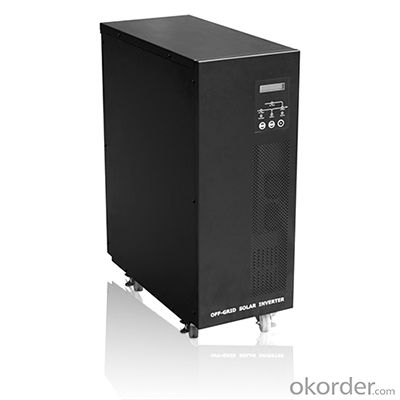
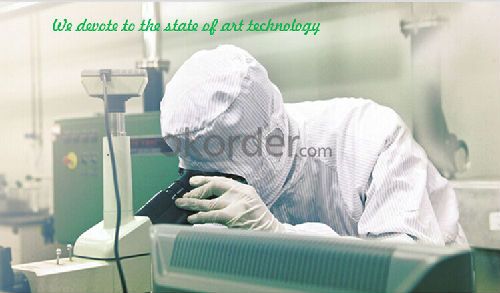
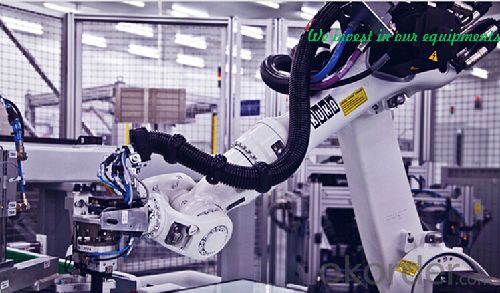
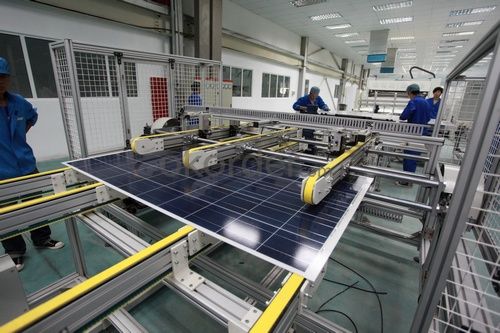
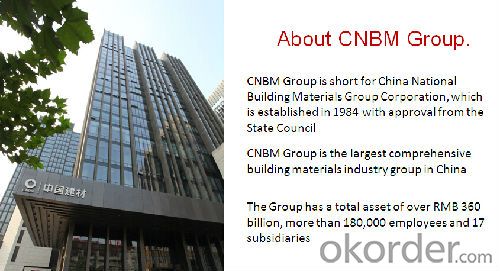
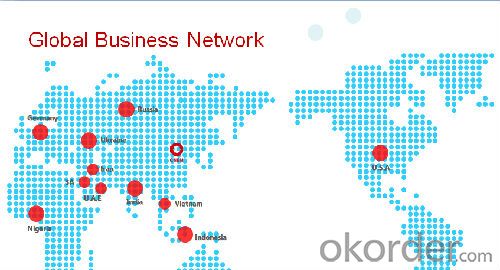
- Q: Can a solar inverter be used in areas with high humidity and salt air exposure?
- Yes, a solar inverter can be used in areas with high humidity and salt air exposure. However, it is important to choose a solar inverter that is specifically designed for such conditions, as these factors can potentially impact the performance and lifespan of the inverter. It is advisable to consult with a professional to ensure the selection of a suitable solar inverter for areas with high humidity and salt air exposure.
- Q: Can I connect solar panels directly to the grid without an inverter?
- No, solar panels cannot be directly connected to the grid without an inverter. The inverter is necessary to convert the direct current (DC) generated by the solar panels into alternating current (AC) that is compatible with the electrical grid.
- Q: What is the function of a solar inverter?
- The function of a solar inverter is to convert the direct current (DC) electricity generated by solar panels into alternating current (AC) electricity that can be used to power household appliances and be fed into the electrical grid.
- Q: How does a solar inverter handle frequency variations?
- A solar inverter handles frequency variations by continuously monitoring the frequency of the grid and adjusting its output accordingly. It uses advanced electronics and control algorithms to synchronize its output with the grid frequency, ensuring a stable supply of electricity.
- Q: Can a solar inverter be used with a generator as a backup power source?
- Yes, a solar inverter can be used with a generator as a backup power source. The solar inverter can be connected to the generator's power output, allowing it to convert the generator's AC power into usable DC power for the solar panels. This enables the solar panels to continue generating electricity even when there is no sunlight, providing a reliable backup power supply.
- Q: What are the safety features in a solar inverter?
- Some of the safety features in a solar inverter include over-voltage protection, under-voltage protection, over-current protection, short-circuit protection, and ground-fault protection. Additionally, many modern inverters also have built-in monitoring systems that can detect and alert users to any potential issues or malfunctions.
- Q: How does a solar inverter handle variations in solar panel cleanliness?
- A solar inverter can handle variations in solar panel cleanliness by continuously monitoring the output power and adjusting the operating parameters accordingly. If the panels are dirty, the inverter will detect a decrease in the output power and adjust the voltage and current to maintain optimal performance. However, if the panels are excessively dirty, it can significantly impact the overall energy production and may require manual cleaning to ensure maximum efficiency.
- Q: What are the different types of solar inverters available?
- There are several types of solar inverters available, including string inverters, microinverters, and power optimizers.
- Q: How do you maintain a solar inverter?
- To maintain a solar inverter, regular inspections and cleaning are essential. It is crucial to check for any signs of damage or loose connections, and make sure the inverter is properly ventilated to prevent overheating. Additionally, keeping the surrounding area clean and free from any debris or obstructions can help optimize its performance. It is recommended to follow the manufacturer's guidelines and consult with a professional for any specific maintenance requirements.
- Q: Can a solar inverter be used with a solar-powered water heating system?
- Yes, a solar inverter can be used with a solar-powered water heating system. The solar inverter converts the direct current (DC) generated by the solar panels into alternating current (AC) that can be used to power the water heating system. This allows for efficient utilization of solar energy and ensures the water heating system operates effectively.
Send your message to us
Solar Inverter Perth - Off-grid Solar Inverter 3kw-8kw CE Approved AAA Quality with Best Price
- Loading Port:
- China main port
- Payment Terms:
- TT or LC
- Min Order Qty:
- 1 pc
- Supply Capability:
- 1000 pc/month
OKorder Service Pledge
OKorder Financial Service
Similar products
Hot products
Hot Searches
Related keywords
